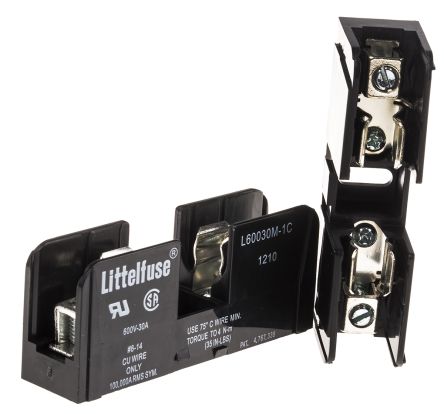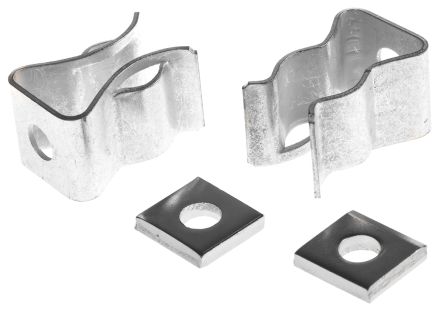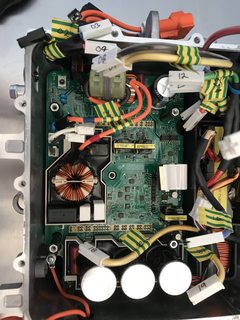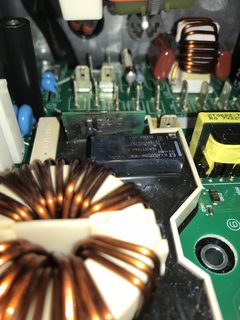electronpusher
Well-known member
- Joined
- Jun 25, 2017
- Messages
- 45
skylogger said:On the second OBC that I just finished working on, I've been told that the charging failed during a night that there was a storm and heavy rain. This could point towards a blackout, brownout, or power surge as the source of the falult.
Just playing catch up on this thread, haven't had a chance to look at our OBC, and only received the replacement caps on Monday, so I intend to work on it over this weekend. Still waiting on the fuse from Mitsu though.
Interesting @skylogger, this could be the cause. When we had the failure with our iMiEV we had it connected to our charger connected to the off-peak circuit of the house (since moving we no longer have off-peak, we have solar/batteries instead, but I degrees). So in our situation the fault is likely to have occurred when it was charging that night (it was fine the night before obviously), the power would have turned on sometime between 12am and 1am, and then turned off again sometime between 5am and 7am. This may have caused our failure, as it is a dead cut from before the EVSE. It is an interesting theory that is for sure.
As for the fuse, would this work?
https://au.rs-online.com/web/p/prod...Op2rdwHPg-NR5KHvu2hoC0T4QAvD_BwE&gclsrc=aw.ds





































